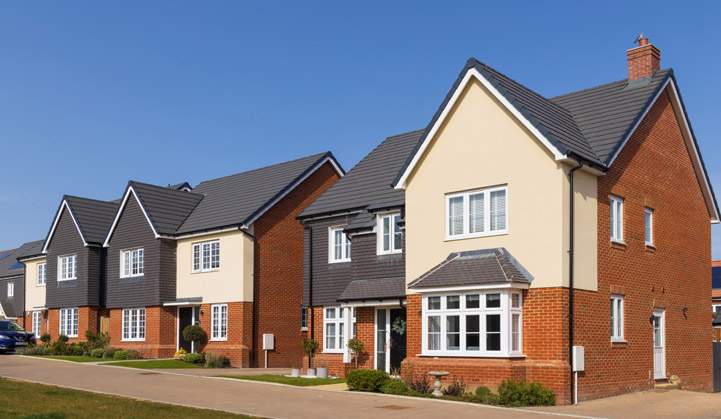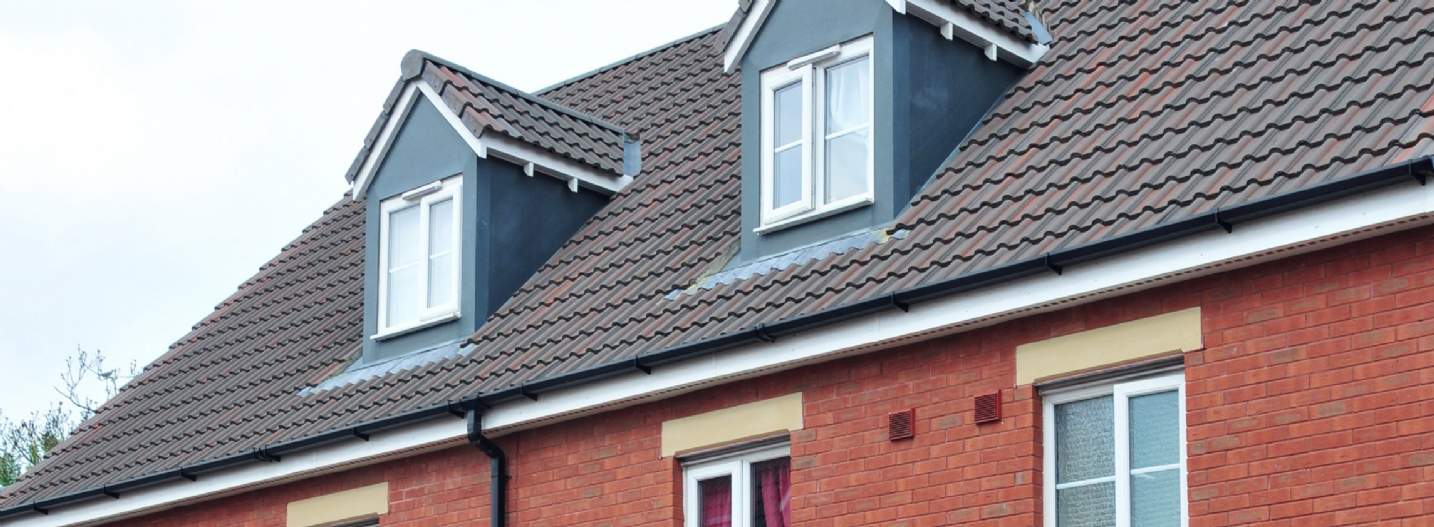Shared Ownership has become an established fixture on the affordable housing landscape, but what is the total scale of the sector?
We remain in a housing crisis with an urgent need to provide households with access to more affordable and quality housing. Need for affordable housing continues to significantly outstrip high-quality supply with close to 113,000 households in temporary accommodation as of Q4 2023, and estimates that we should be building between 120,000 and 140,000 affordable homes each year to meet affordable housing need. A new incoming government will be looking at how best to tackle need. SO could have an important role to play as an established affordable housing tenure continuing to provide an affordable route to home ownership. Another key element here is the significant number of investors looking to deploy private capital and enter the sector.
Shared Ownership could draw down £2.2 billion of private capital into the sector each year
Lydia McLaren, Associate Director, Residential Research
If the Government commits to maintaining current delivery levels for SO, the tenure could support 100,000 homes over the next five years. This helps towards the Government target of 300,000 homes a year and would draw down £2.2 billion of private capital into the sector each year.
In 2023, Low Cost Home Ownership (LCHO) homes (mostly SO) owned across the sector exceeded 250,000 homes. Whilst the overwhelming majority of SO homes are owned by Private Registered Providers (Housing Associations), For Profit Registered Providers (FPRPs) have significantly increased their share of SO homes as more new entrants bringing new private capital have entered the sector. SO remains a key priority for FPRPs providing investors with a secure rental income and exposure to house price inflation through staircasing.
Increasing reliance on Section 106 delivery
In line with the wider expansion of Section 106 affordable housing delivery, Affordable Home Ownership (AHO) homes (mostly SO) are primarily delivered through Section 106 and are therefore exposed to market conditions and impacted by the wider slowdown in private housing delivery. This slowdown has been driven by weaker sales rates for new homes and a drop off in planning consents. A higher proportion of new AHO completions are delivered through Section 106 than across all affordable tenures, reaching a peak of 67% in 2017–18. In recent years, AHO Section 106 delivery has fallen back slightly whilst completions through grant funding have increased. This has been supported by an increase in grant funding available in the current Affordable Homes Programme including grant to buy and to flip completed homes originally intended for outright private sale to SO.
Shared Ownership homes are concentrated in the most unaffordable markets
Unsurprisingly, SO homes are concentrated where buyer affordability pressures are greatest due to the significantly reduced deposit requirements the tenure offers. Just under a quarter of SO homes are located in London according to analysis of the SDR. Beyond London, a further 23% of homes are concentrated in the South East.
However, there is significant local variation. SO homes make up the highest proportion of total housing stock in Milton Keynes at 5.1%, followed by Dartford and Tower Hamlets at 2.8% and 2.7%, respectively.
Limited turnover of Shared Ownership homes
There is a steady flow of new supply into the sector each year, but how does this compare to total homes sold to the open market through staircasing? Shared owners are given the opportunity to buy further shares in their property also known as staircasing, up to 100% ownership. This also includes buyers selling their homes on the open market and, as a result, staircasing to 100%. Data on full staircasing from the SDR reveals that a relatively small proportion of shared owners reach 100% ownership. On average since 2001–02, 100% staircasing sales represent 2.6% of total SO homes each year staircasing to 100% when they sell. This is outweighed by the number of additions to stock through newly built supply and units purchased by providers, with first-tranche sales (i.e. new shared owners coming into existence) averaging 6.7% of total SO homes each year. With low rates of 100% staircasing and an ongoing replenishment of new supply, SO stock has continued to steadily increase in size each year.
Policy and regulatory risks
SO is exposed to the wider policy, regulatory and financial risks currently facing the housing sector. Sector financial capacity is significantly under strain from high build cost inflation, a focus on asset management of rented stock, higher costs of finance, caps on rental income and a lack of certainty around the future rent settlement beyond 2026. Housing Associations (HAs) are challenged with the growing requirement to invest in existing stock to meet building safety and decarbonisation requirements constraining development capacity.
The sector also faces risks around unexpected policy intervention. In recent years, the Government have made policy changes introducing changes to SO leases in May 2021, announcing that landlords are responsible for 100% of the repairs and maintenance costs up to £500 each year (for the first 10 years after completion) and lowering the minimum first tranche ownership stake to 10% (from 25%) and staircasing tranche to 1% (from 10%). Then in October 2023, the Government accelerated further reforms to new SO leases without consultation with rents for shared owners to be increased once a year at a maximum of CPI + 1%, moving away from RPI + 0.5%. Greater future stability in the SO model would support growth in investor appetite to support the tenure.

Future growth prospects
Looking ahead, there is a robust pipeline of affordable housing starts which will support total affordable housing delivery levels for 2024. However, there is greater pressure on SO delivery in the immediate term. The Q3 2023-24 quarterly regulator risk survey, an indicator of future supply, reports that total SO completions expected in the next 18 months reached their lowest levels since March 2020.
In the short to medium term, as a result of reduced sector capacity and an increasing focus on existing stock, Savills forecasts a substantial slowdown in affordable housing delivery with decreasing volumes of grant-funded and Section 106 delivery. With supply through Section 106 at significant risk due to the wider slowdown in housing delivery as the two are inextricably linked, this will have a greater impact on SO due to the higher reliance on delivery through Section 106. SO supply is also at risk of displacement through the gradual implementation of First Homes, as Local Planning Authorities (LPAs) will prioritise the delivery of core rented tenures over SO. In 2022-23, over 1,000 First Homes were delivered in 63 local authorities but future appetite amongst LPAs to deliver First Homes remains highly varied.
Read the articles within Shared Ownership report below

.jpg)
.jpg)
